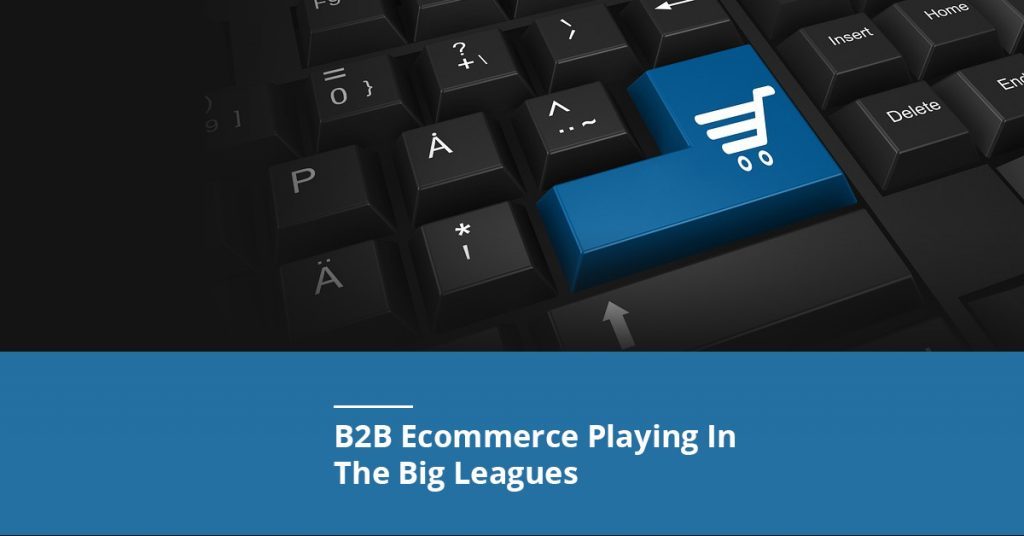There comes a moment when a profitable company switches its B2C approach and transforms its e-shop into a B2B eCommerce platform. This decision has a ripple effect on the way the business is done, as the entire system needs to be adjusted. Businesses operate differently than single customers do: they have their own protocols, restrictions or payment policies which makes it more complicated to manage. But not impossible.
All Lined Up for B2B Ecommerce
The most common assumption is that B2B eCommerce is similar to the B2C one. There are some similarities that make this assumption true like the way users have grown accustomed to filling their online carts, regardless of what they are buying. Brands like Alibaba or Aliexpress proved that even businesses want a simple ordering process and reliable shipping, even if they order thousands of products.
Even in the biggest companies, the ones that are responsible for acquisitions are most likely internet users as well to some degree. This means that they have their own behavior, expectations, and preferences when it comes to buying. So, from this point of view, a B2B eCommerce platform should definitely be designed as similar as possible with a B2C one.
However, it’s just a piece of the big picture.
Cover All Grounds for B2B Ecommerce
It’s not just the user experience that needs special attention when it comes to B2B eCommerce, but other details as well:
- Shipping – given the large quantities that businesses order, transportation plays a key role in the decision-making process that a buyer has.
- Extra charges and hidden fees – transparency offers confidence in the business and keeps business relationships strong. By showing all the costs from the beginning, there is a sense of goodwill and straightforwardness right from the start.
- Reliability – when placing an order a client expects that all the products to be intact and to arrive on time and that’s the end of the deal that you are responsible to honor through the services you provide.
After a first look, there are no major changes when a business decides to change to a B2B audience. However, these new types of clients come with their own expectations, preferences, and ways of handling business. The key is to personalize the process for each client and deliver exactly what they need and when they need it.
Since you have got an insight into how b2b businesses can take their place among big leagues, check out the following link to see how the B2B portal feature offered by OrderCircle will help your e-commerce store: https://ordercircle.com/features/customer-management/
Learn more

